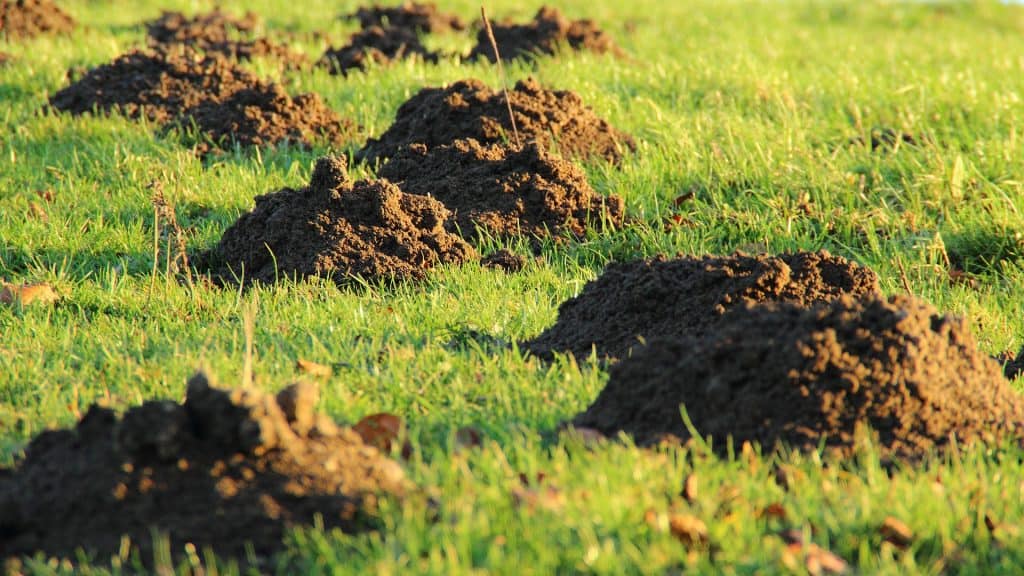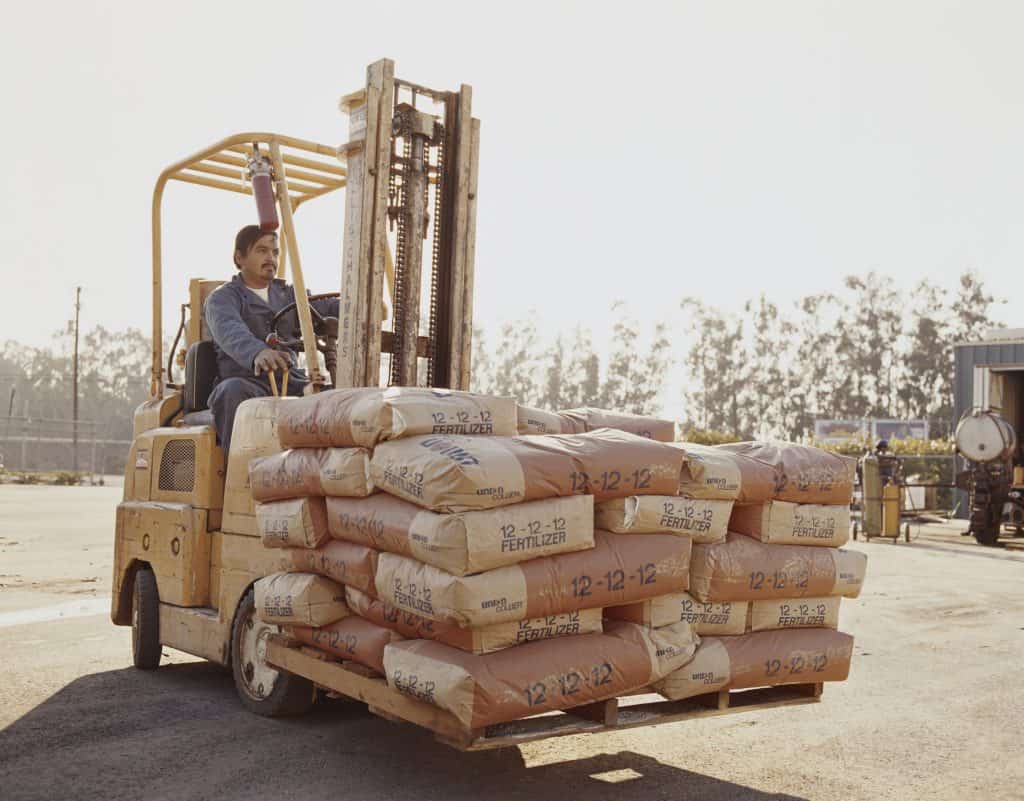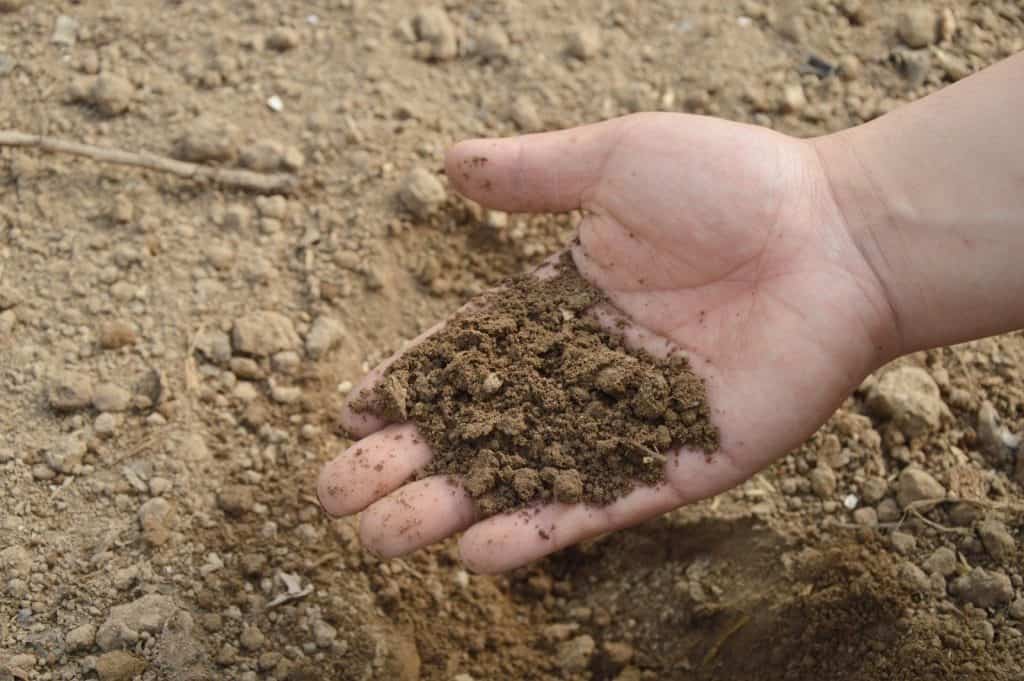Milorganite has been recycling sewage into a nutrient rich fertilizer for 90 years. It has been an effective and trusted product that helps the growth of healthy plants and grass. But how long does it actually take to work on a lawn?
If it’s your first time to use Milorganite to work on a lawn, then you definitely should be expecting lush and close to perfect grass in the coming months. With the use of proper techniques, you should be able to yield great results.
How Long does Milorganite Take to Work on a Lawn?

Milorgranite is a slow-release fertilizer manufactured and marketed by the Milwaukee Metropolitan Sewerage District. Being a slow-release fertilizer means that it doesn’t release nitrogen and all of its nutrients immediately after you’ve introduced it to your soil. It does, however, continuously work for up to 10 weeks of nourishing your plants on your soil.
Grass grows up to 2 to 3 centimeters a week. How long does Milorganite take to work on a lawn? You can expect to see results from Milorgranite within the first 2 weeks of application on your lawn.
This will all depend on the plants where you are using your Milorgranite. Different plants have different growing times. Just keep in mind you will see results after a plant has significantly grown. In the case of grass, it grows quickly. Therefore, it takes less time to see real results.
If you want the best results from your use of Milorgranite, you should try to use the right techniques of nutrients application. Combine this with additional lawn care, such as using a well powered lawn mower to care for your yard, and you should see results quickly.
When Should You Apply Milorganite to Your Lawn?
It is best to apply your Milorganite to your lawn after the cold and frosty months. Grass could die under the extreme weather conditions of winter. It definitely grows back once the weather gets warmers.
The best time to apply Milorganite to your lawn is within the first weeks of spring. Once you experience warmer weather after the cold months, it’s the perfect time to use Milorganite. You won’t have to worry about wasting it on grass that will not grow.
It’s best to apply Milorganite to your lawn up to 4 times a year. Use it in the spring, summer, and autumn seasons.
Apply a new coat of Milorgranite every 3 to 4 months. This will guarantee your lawn grass receives the abundance of nutrients it needs to grow healthy and thick all throughout the year.
How Often Should You Apply Milorganite?

How to Apply Milorganite to Your Lawn
To get the best results out of your use of Milorganite on your lawn and turn your yellow grass into green, it’s important to follow the right procedure wit this fertilizer.
Follow these steps to achieve thick and healthy grass all throughout the year.
- Water your lawn 3 days before you apply Milorganite. The aim is to have moist soil but dry grass.
Or you can also choose Milorganite after rainfall if this is easier for you.
- You’ll need a spreader to evenly apply the fertilizer to your lawn. This will ensure that your entire lawn gets an even coat of Milorganite nutrients.
- When you’re ready to apply the Milorganite fertilizer, open your spreader at its highest setting. Walk slowly across the length/width of your lawn.
- Try your best to walk in straight lines to spread the fertilizer evenly across the grass.
- After the Milorganite application, water your lawn. This removes any of the product from the grass blades. It’s important that the fertilizer is soaked into the soil to work effectively.
For hilly or rocky areas of lawn, you might need to take a modified approach. Runoff is a lot more frequent in these situations, as is the difficulty with mowing the yard on hills.
Use this process of applying your Milorganite nutrients. You will see a healthy and beautiful lawn in no time.
Will Milorganite Burn Your Lawn?
As with most fertilizers, there’s a fear that the Milorganite chemicals can burn and kill your grass if overused. The great thing about Milorganite is that it is made for organic lawn care. This means Milorganite is an all-natural nutrients product.
There are no artificial chemicals on this organic fertilizer, and Milorganite is safe for both your lawn and the environment. It will stand up to frequent lawn mowing and create deep and durable roots.
Signs Your Lawn Needs Fertilizing

If you’re not familiar with the maintenance of grass, there are three key signs that indicate a much needed fertilizing. Keep an eye out for these to guarantee your lawn stays as healthy as possible.
Yellow grass blades: Grass that’s not receiving enough nutrition will start turning yellow. You may see a significant loss in color and your grass looking less green more and more.
Slow growth rate: Once you notice that your grass is barely growing, this indicates it is not getting the nutrition it needs to grow at a healthy rate.
Seasonal changes in appearance: If your lawn isn’t staying healthy, green, and thick all throughout the seasons, it is not absorbing enough nutrition.
Grass is known to be resilient. It can survive extreme weather conditions and stay green for as long as it is well maintained. Once you start seeing any of these visible signs, it’s time to consider using Milorganite organic fertilizer to bring your lawn back to life and recover that beautiful green color.
Conclusion
Milorganite has a great reputation. It has 90 years of proven effectiveness. It is every gardener and landscaper’s favorite slow burning and organic fertilizer. You may not see its effects on your lawn immediately. This is guaranteed to last you up to 3 months of organic lawn care.
With proper care and use, you’ll see the full and beautiful results of Milorganite on your lawn in less than 2 weeks.